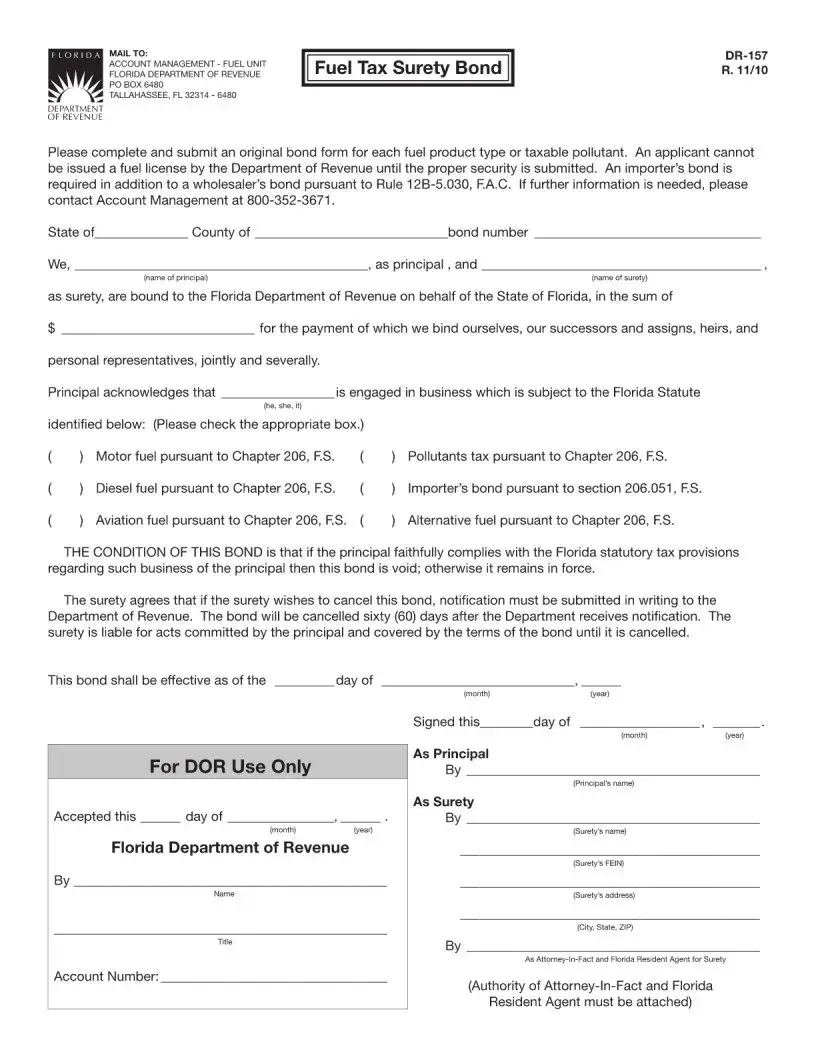In the state of Florida, a variety of forms are essential for the proper administration of services, legal requirements, and citizen requests. Among these, the Florida DR-157 form holds particular importance, serving a distinct purpose within the state's regulatory framework. This document is intricately connected to tax-related procedures, providing a streamlined approach for individuals or entities to report certain types of transactions or status updates to the necessary governmental bodies. While the form itself might appear daunting at first glance, its completion is vital for compliance with Florida's tax laws, potentially affecting a wide range of financial and operational aspects for businesses and individuals alike. It is designed to ensure transparency and maintain the integrity of the state's fiscal structures, making its accurate and timely submission a crucial responsibility. The details required on the form, the specific instances when it must be used, and the implications of its submission or omission underscore its significance in the regulatory landscape of Florida, thus affecting the legal and financial obligations of the form's filer.
